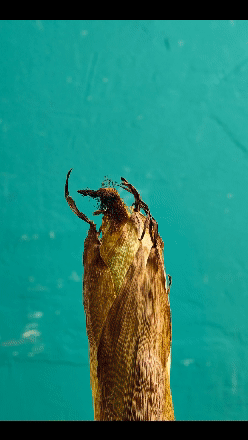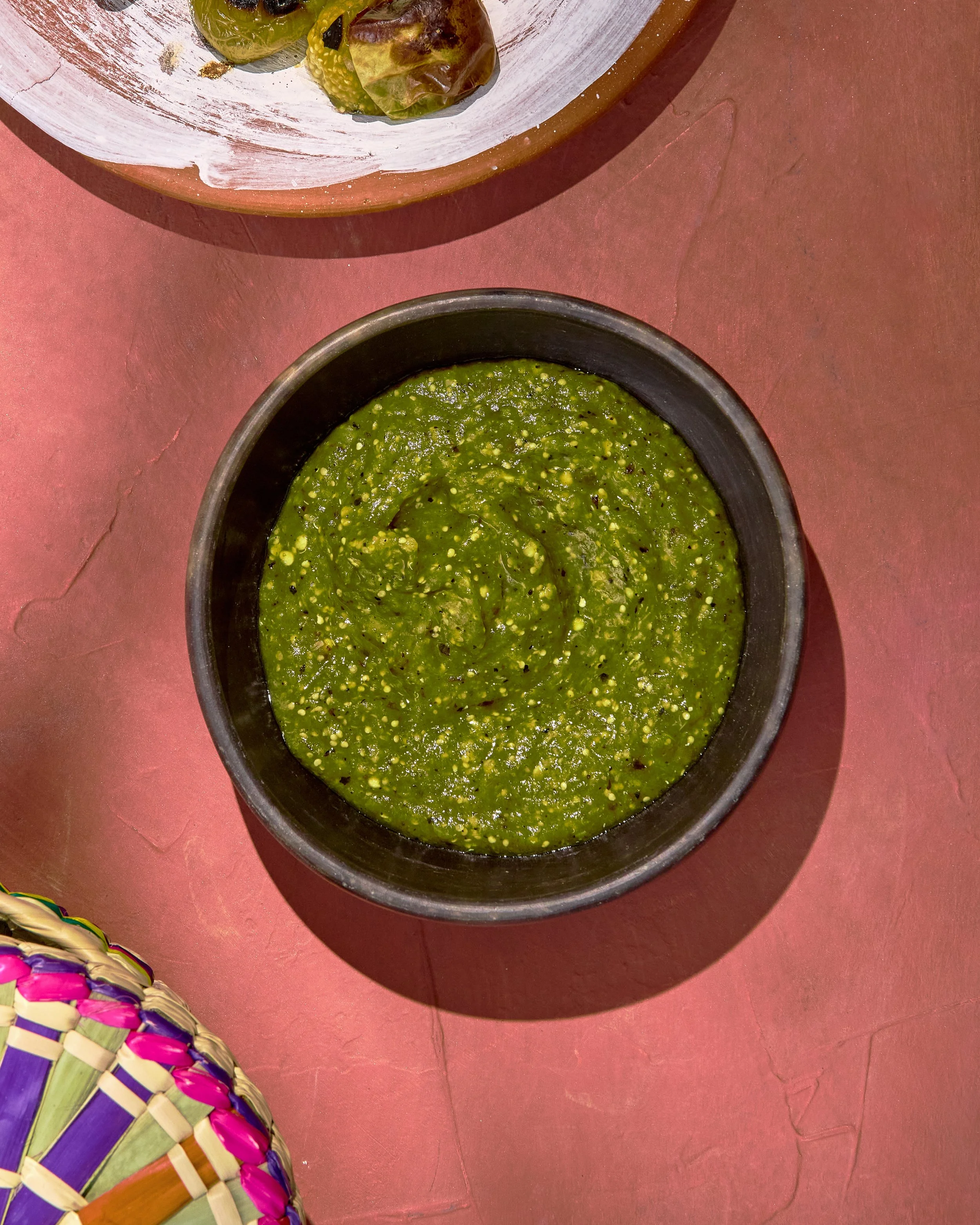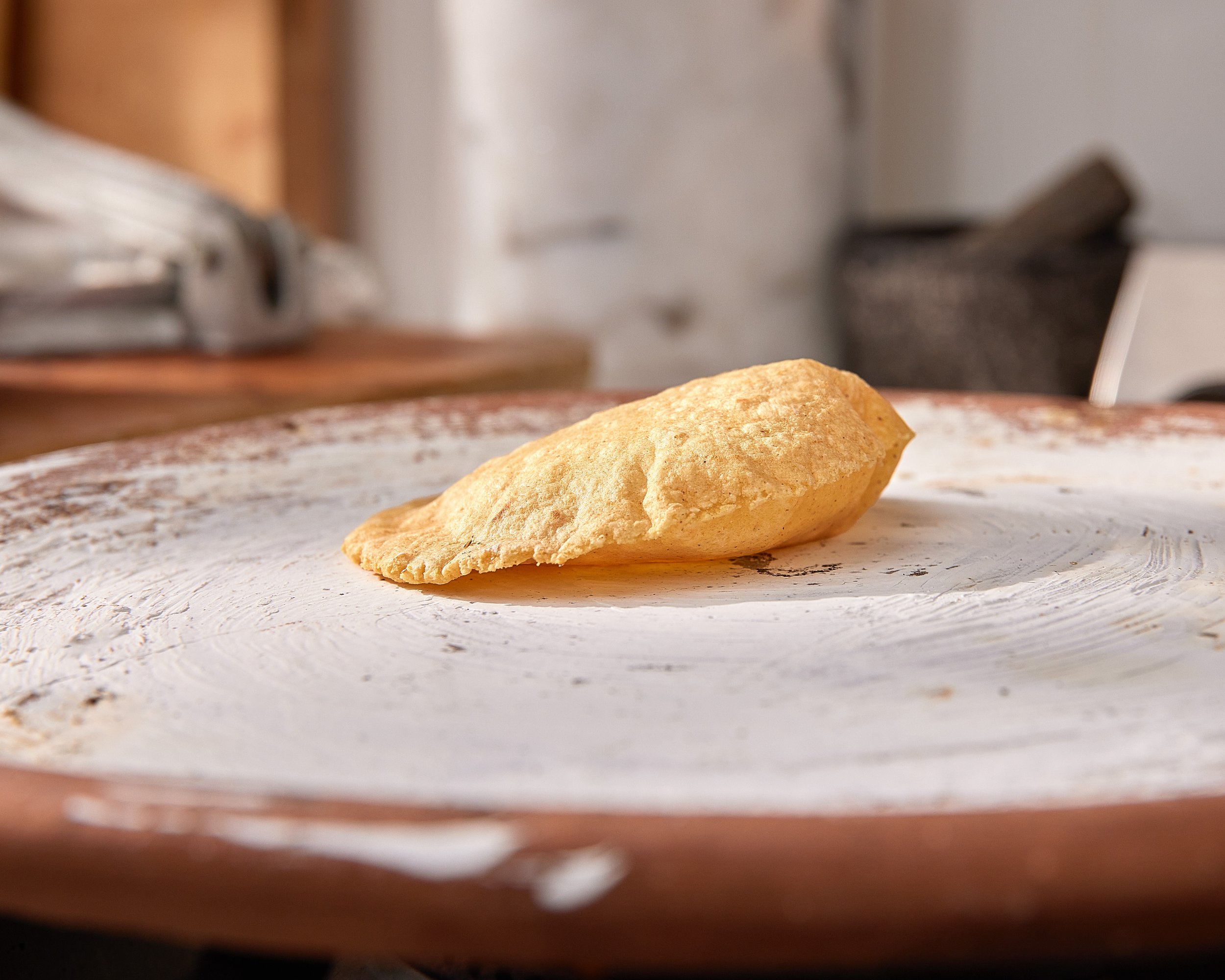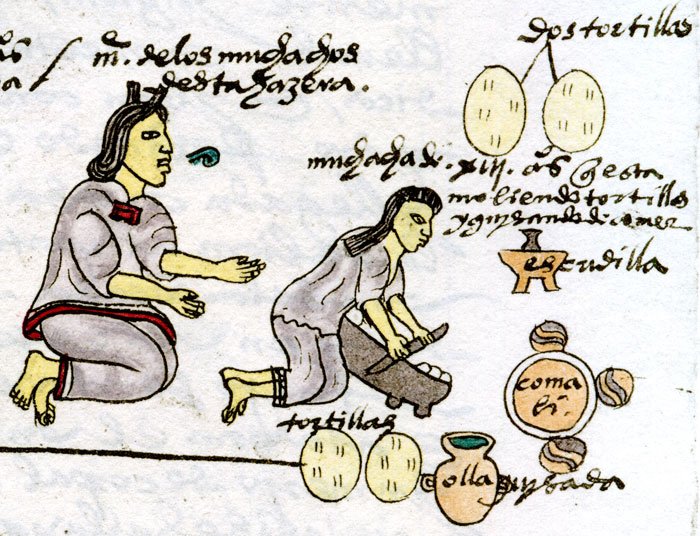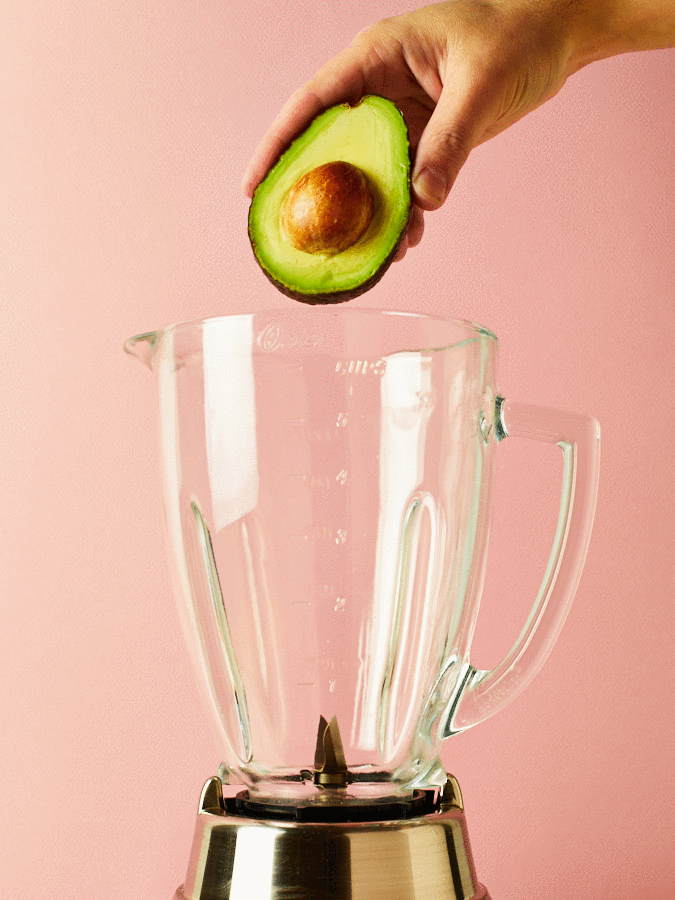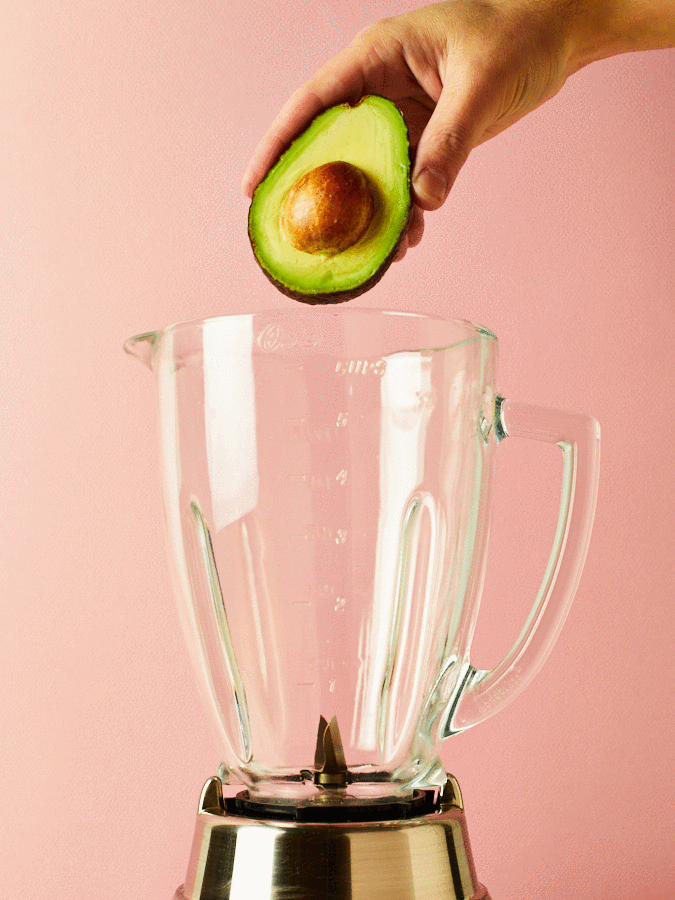Posts by Category
RECIPE: Comal Roasted Elote
With its smoky charm, creamy coolness, and vibrant toppings, this Comal Roasted Street Corn is the perfect addition to any summer cookout or a delightful side dish for a weeknight meal. So fire up your comal, grab your Poctli favorites, and get ready to experience the taste of Mexican street food magic!
Summer is synonymous with sunshine, warm breezes, and of course, delicious street food. Here at Poctli, we're bringing the vibrant flavors of Mexico right to your kitchen with this easy recipe for Comal Roasted Street Corn.
The star of the show? Our very own Sal de Muchos Chiles! This unique blend of chilies, spices, and lime adds a smoky, citrusy kick that elevates your average corn on the cob to a whole new level.
Ready to ditch the grill and embrace the smoky magic of the comal? Let's get started!
Ingredients:
Fresh ears of corn (husks on)
Mayonnaise
Poctli Sal de Muchos Chiles
Cotija cheese, crumbled
Fresh cilantro, chopped
Instructions:
Preheat your comal to medium-high heat. Place the corn cobs directly on the hot surface, husks on. Roast for 15 minutes, turning occasionally, until the husks become fragrant and slightly browned.
Once roasted, carefully remove the husks from the corn. Be aware that the corn will be hot, so use tongs or a kitchen towel for protection.
Spread a generous amount of mayonnaise over each cob of corn.
Now comes the fun part! Sprinkle Poctli Sal de Muchos Chiles over the mayo-coated corn. Don't be shy! The smoky, spicy, and citrusy notes of this unique blend are what truly make this dish shine.
To complete this Mexican street corn masterpiece, crumble some cotija cheese over the top and garnish with fresh cilantro.
That's it! Your Comal Roasted Street Corn is ready to be devoured.
Tip: For an extra layer of smokiness, char the corn directly on the comal after removing the husks. Just be careful not to burn the kernels!
Spice It Up! Can't handle the heat? No problem! Adjust the amount of Sal de Muchos Chiles to your preference.
With its smoky charm, creamy coolness, and vibrant toppings, this Comal Roasted Street Corn is the perfect addition to any summer cookout or a delightful side dish for a weeknight meal. So fire up your comal, grab your Poctli favorites, and get ready to experience the taste of Mexican street food magic!
RECIPE: Salsa Verde Asada / Roasted Green Salsa
Salsa verde, that vibrant green condiment, is a staple in Mexican cuisine. But take it a step further and roast your ingredients on a clay comal, and you'll unlock a whole new dimension of flavor. This simple technique coaxes out a symphony of tastes that will have you rethinking your salsa game.
Cooked Salsa Verde Asada
Salsa verde, that vibrant green condiment, is a staple in Mexican cuisine. But take it a step further and roast your ingredients on a clay comal, and you'll unlock a whole new dimension of flavor. This simple technique coaxes out a symphony of tastes that will have you rethinking your salsa game.
As the ingredients roast, watch for those telltale char marks. They're not just for aesthetics – they're where the smoke works its magic. Each char adds a touch of smokiness, a hint of ancestral campfire, that infuses the salsa with a depth of flavor you won't find in a raw version. But don't worry, the smoke isn't overpowering. It's a gentle whisper, a smoky kiss that complements the bright acidity of the tomatillos and the kick of the jalapenos.
Ingredients:
10 medium tomatillos, husks removed
2 jalapenos
2 cloves garlic
1 slice white onion
Salt to taste
Instructions:
Heat your clay comal over medium heat.
Place tomatillos, jalapenos, garlic, and onion on the comal. Cook, turning occasionally, until nicely charred on all sides. (This adds the smoky magic!)
Once charred, transfer ingredients to a blender.
Blend until you reach your desired consistency - chunky or smooth, it's up to you! Add a small amount water if the salsa seems a bit too chunky.
Season with salt to taste.
Green Jalapenos and Tomatillos in their husks
Products Featured:
RECIPE: Guacamole Do's and Don'ts
Guacamole - the quintessential Mexican avocado dip. It seems simple enough, but like getting tortillas to puff properly, can be tricky. Here are the do’s and don’ts of the classical dip.
Guacamole - the quintessential Mexican avocado dip. It seems simple enough, but like getting tortillas to puff properly, can be tricky.
GUACAMOLE:
Classical Nahuatl: āhuacamōlli - Noun
from āhuacatl + molli , avocado + sauce
an avocado based dip
Do’s:
Use a molcajete! It’s the classic way to make it and it matters. Once the molcajete starts to season with flavor and spices, it will add flavor nuances to your guacamole and salsas.
Use the best avocados you can find. In Mexico the variety of avocados is much more than our Hass avocados here. Their flavor can range from nutty to fruity but the key is to pick ripe avocados. Once the skin turns from green to black and the little stem ball is loose, your avocado is ready. If it is too ripe, the pit will start to root making a stringy texture.
Don’ts:
Don’t use garlic. Garlic is too strong for the fatty oils in the avocado and it carries the flavor, overpowering the taste of the avocado. I find it also upsets the stomach if too much garlic is used. That being said, if you use the molcajete and have seasoned it with garlic in prior uses, it will add a nice subtle garlic flavor to the guacamole.
Recipe:
Ingredients:
1 serrano or jalapeño chile, chopped
salt to taste
2 avocadoes
1 lime
1 tablespoon cilantro, chopped
1 tomato, chopped
Method:
In the molcajete, crush the chiles with the salt until a chunky paste is formed. Keep the core and seeds in if you want a spicy guacamole.
Split the avocados and remove the pit. Using a spoon, scoop the fruit into the molcajete one half at a time. Crushing with the tejolote until combined. Squeeze lime juice into the mix as you work.
Once a chunky texture is mashed, add the cilantro and tomato and mix. Serve with salsa and chips or fresh tortillas.
How to Get Corn Tortillas to Puff
A proper tortilla puffs into a fluffy pillow after the cooking on the 2nd side. When you rip a tortilla in half, it should be two separate layers. You know when you go to an authentic taqueria for totopos (tortilla chips) and guacamole and the chips are so crispy and crunchy? Those tortillas have two layers - look closer next time you dive into some bomb guacamole!
Tortillas are all about the taste of the maiz. They consist of water, nixtamalized corn and sometimes a flavoring in the masa. But taste for me is also about texture and with tortillas, this is key.
Puffed tortilla on a clay comal
A proper tortilla puffs into a fluffy pillow after the cooking on the 2nd side. When you rip a tortilla in half, it should be two separate layers. You know when you go to an authentic taqueria for totopos (tortilla chips) and guacamole and the chips are so crispy and crunchy? Those tortillas have two layers - look closer next time you dive into some bomb guacamole!
If you’ve spent the time soaking the corn in nixtamal, grinding the masa, mixing the dough, rolling out the tortillas and then cooking them, you might as well get your cooking process down as well. You want to have this same texture there’s a couple of crucial steps that you need to take:
Savoir-faire: The art of making tortillas is a repeated process and just a learned know-how. The more you understand the various elements at play, the easier the process becomes - this is true for all skills. Similar to bread, tortilla masa can vary on how dry it is. If it’s raining outside, use less water as there’s more humidity in the air and vice versa.
Proper tools are essential. A comal de barro or clay comal will help tremendously in ensuring that tortillas puff. See this last blog post on heat distribution here. Another essential tool is a tortilla press. Cast iron works fine but I much prefer wood as it’s softer on my hands.
Heat: The most tricky element here is the amount of heat. Each burner is different but I like to imagine my comal over an open pit fire, where the coals are a deep red and glowing hot - and then match the heat to that temperature (usually just past medium on the larger burner. I even marked mine with a Sharpie.) This level of flame will ensure that the heat doesn’t burn the tortilla nor cook it too fast.
Flips: When you have your dough pressed and ready for the hot comal, place it gently and allow it to cook until the edges start to curl up (about 45 seconds - 1 minute.) Then flip and allow the other side to cook for about a minute, then flip it one last time.
The Poke: After that last flip, use your finger to poke the center of the tortilla. The steam in the tortilla will release from the air pockets in the dough and start to rise. This is the most exciting part. Ideally the tortilla becomes a little pillow. Once inflated, gently place it in the tortillero for that final steam.
¡Buena suerte and feel free to reach out with questions!
Clay Comal vs Carbon Steel Comal
This is a great question and I often get asked what makes clay so special. This article will explain the whole story.
Well before the Conquest of modern day Mexico, the indigenous peoples were using slow cooking methods, earthen pit ovens and ceramic pottery to cook their food. This ancestral method allowed for more gentle cooking - think braises, soups, stews, pit smoked BBQ etc. The comal cooked, toasted, roasted and blistered ingredients in a fashion similar to a modern griddle with dry heat acting as the main energy source. Copper may have been used for cooking, but was much more prized for its beauty aesthetic in jewelry than cooking. It wasn’t until the Spanish Conquest of 1519 that steel made its appearance - for better and worse.
This is a great question and I often get asked what makes clay so special. This article will explain the whole story.
Well before the Conquest of modern day Mexico, the indigenous peoples were using slow cooking methods, earthen pit ovens and ceramic pottery to cook their food. This ancestral method allowed for more gentle cooking - think braises, soups, stews, pit smoked BBQ etc. The comal cooked, toasted, roasted and blistered ingredients in a fashion similar to a modern griddle with dry heat acting as the main energy source. Copper may have been used for cooking, but was much more prized for its beauty aesthetic in jewelry than cooking. It wasn’t until the Spanish Conquest of 1519 that steel made its appearance - for better and worse.
Clay cookware is made from 100% pure and natural materials found within the various regions of Mexico. Some villages have been making these comales since well before the arrival of Europeans. There are no toxic materials or chemicals that go into the making of this cookware and that method has withstood the test of time.
The Science Behind a Clay Comal:
“Thermal Inertia: the degree of slowness with which the temperature of a body approaches that of its surroundings and which is dependent upon its absorptivity, its specific heat, its thermal conductivity, its dimensions, and other factors”
The most important thing you need to know about clay comales or comales de barro is that they retain heat better. We often focus on how metal like copper and carbon steel conduct heat and simply put, yes they may move heat energy around faster, meaning they are quick to heat up. For quick frying this is great - but it’s not the whole story for Mexican cooking. The natural earthenware or clay retains heat much better than its metal counterpart. The natural material takes longer to heat up and cool down, meaning it will continue to cook a tortilla at a similar temperature even if you turn the flame down. This is known as Thermal Inertia.
Essentially this means that clay can store up to three or four times more heat than metal before it moves this heat to ingredients on the comal. In a study conducted by Todd Oppenheimer of CraftmansShip.net he notes the following:
Clay has a specific heat rating of .33
Iron has a specific heat rating of .11 — about one third that of clay.
And copper has a specific heat rating of .09 — almost a fourth that of clay.
Flavor:
An unglazed clay cookware piece is made from earth. It is the first material of vessels used for cooking because it was frankly - in everyone’s backyard. All our ancestors had to do was dig. Clay cookware is noted for its earthy notes, especially in beans. Moisture trapped in the pores of each comal or bean pot infuses into the ingredients. Let’s say you take the time make an incredible salsa on a cast iron skillet and hand blend it in a molcajete, only to sit down and enjoy it but find that the metallic taste from the cast iron has tainted the charred tomatillos milperos - gross! With clay this will never happen - cal may flake off into the skin of the tomatillos, but just think of this as added calcium and give a small thank you to our ancestors.
Comales de barro at Enrique Olvera’s Criollo, Oaxaca
Durability:
Sure - it’s fragile, but I find it much more delicate and emotionally satisfying to flip tortillas on something my ancestors have been cooking on for thousands of years. For me it’s about enjoying the process of cooking - heating up the comal to the perfect temperature for toasting chiles and then adjusting it later to accommodate the handmade tortillas I’m about to flip. The comal is a part of our ancestral identity and it’s still used today in small villages and fine dining restaurants across the Mexican Republic.
It’s why I started Poctli !
RECIPE: Taco Shop Guacamole / Guacamole Taquero
This recipe is how taquerias stretch their guacamole taste on a tomatillo budget. It’s easy, fun and a sure way to impress your dinner guests.
Avocados are expensive and traditional guacamole might be an appetizer I forgo at a dinner party if I’d rather spend the money elsewhere. According to this Business Insider article, “avocado prices have rocketed in recent years by up to 129%, with the average national price of a single Hass avocado reaching $2.10 in 2019, almost doubling in just one year.” This is all bad news - until one figures out how to stretch the creamy avocado goodness.
This recipe is how taquerias stretch their guacamole taste on a tomatillo budget. It’s easy, fun and a sure way to impress your dinner guests. If you prefer something a bit spicier, add serrano chiles or more jalapenos. Want the sauce a little thinner? Great - add a dash of water to the blender. Note on the cilantro: Mexican cooks keep the stems when cooking with cilantro. It adds an interesting texture.
Ingredients:
1 avocado, pit removed, cubed
4-6 medium tomatillos, quartered
1 jalapeno, stem removed, halved
1/4 white onion
1 clove of garlic, peeled
juice of 1/2 a lime
salt to taste
10 sprigs of cilantro
Method:
Put all the ingredients in the blender. Blend until smooth, thinning and stirring as necessary.
Serve with cooked tacos, totopos, or fresh veggies.



